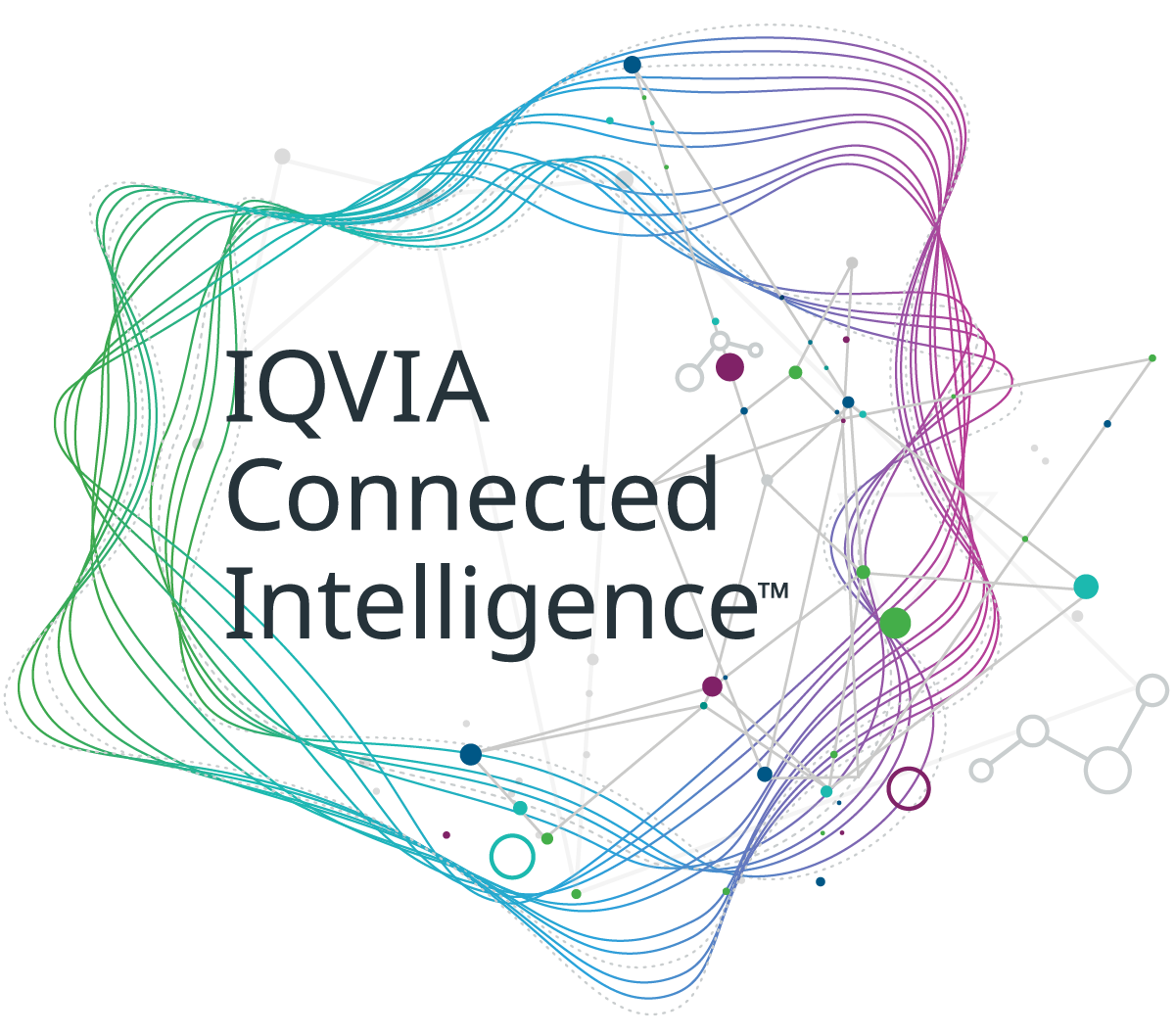
When forecasting early stage pipeline assets, manufacturers have limited data to analyze. Forecast models at this stage of development are generally high-level, with coarse market segmentation and typically a yearly time granularity.
But once a drug is 2-3 years before launch, its commercial forecast undergoes a massive change in detail, complexity, and time granularity. At that point, the data flow around the asset transforms from a trickle to a deluge. Pivotal clinical data provides new insight into efficacy vs. competitors, market surveys reveal how key opinion leaders and healthcare professionals view and will prescribe the product, pricing models are established, and marketing campaigns are built.
During this critical window of time, dozens of real-world sources will be used to predict patient populations, share of class, uptake and persistence and to make regulatory and payer assessments. All this information needs to be added to the forecast, often requiring re-configuration of the entire model structure. Commercial forecasts in this period also need an increased level of resolution - more granular market segmentation, and a shift from yearly time periods to more detailed monthly visibility. Forecasts in this launch window are widely circulated and highly visible across dozens of teams and all the way up to the C-Suite. This is because an accurate forecast in this three-year window is critical for overall launch success.
As these forecasts increase in detail and complexity, pharmaceutical forecasters often struggle to keep up. If the forecast isn’t detailed enough, teams will create ‘side models’ that provide insight into a specific part of the forecast. These ‘side models’ are often caught in siloed systems using old data that’s not aligned with the main forecast, which could result in different sets of information flowing to key decision-makers. That creates a number of unnecessary obstacles and risks, including:- Siloing of valuable, relevant data. This means forecasters have to re-do research, adding time, cost and effort to the forecasting process.
- Confusion due to conflicting data. Even if data is shared between teams, biases in individual research methods and analyses can result in conflicting projections.
- Lack of consistency. Similar research projects are conducted by multiple groups, but each uses different methods and data sets, which makes the results difficult to reconcile.
- Challenges with version control. Individual teams continue to update their models as new data is captured, without sharing the latest versions with the rest of the organization.
The lack of formal processes for sharing offline models and new data analyses across teams is costly and counter-productive. Moreover, when forecasts are biased or data is contradictory, it can lead to wildly inaccurate projections in either direction that can sink an otherwise promising market launch.
We’ve seen several examples in recent years of pharma companies relying on skewed market forecasts.
In one, the manufacturer failed to understand the amount of pent-up prevalent demand for a product, as well as the number of patients that would switch from other therapies due to a complicated ‘side model’ that no one understood. When they realized the error, brand teams spent months trying to reconcile their forecast with vastly different ‘actuals’ data to determine exactly why the forecast was wrong, and how to respond.
In another case, the manufacturer made an overly optimistic set of assumptions that predicted much higher rates of prescribing than was reasonable. This error was due to a side model not being correctly incorporated into the main forecast model. This simple transcription issue caused the manufacturer to dramatically miss their revenue projections, and caused strife in the supply chain as well as mistrust on Wall Street.
Drawing Inspiration from Google Docs
But how can we avoid these types of issues and keep information available and up to date? When forecasters bring together different data sources and open their forecast to allow others to integrate their own data, it creates what we refer to as a ‘single source of truth’ – and it significantly increases the potential for a reliable and detailed future forecast.
This kind of data management is common in many other data sharing environments. Anyone who has ever edited a shared document using Google Docs will recognize the value of having a single document that is updated and shared with the group. Each time there is an update, everyone sees that update instantly. This is a simple way to fix the joint problems of ‘side models’ and old, inaccurate data, while providing everyone with transparency and control.
Software platforms that enable this type of collaboration change the paradigm for organizations by allowing real-time editing of documents by multiple users at the same time. This means less time generating summary reports and other offline documents that quickly become outdated. Everything is real-time, so ‘submissions’, ‘exports’, ‘old versions’, and ‘manual consolidation’ become unnecessary.
That was our design inspiration for IQVIA’s Forecast Horizon platform.
We’ve worked hard to bring the paradigm of real-time, multi-user collaboration to commercial forecasting. The Forecast Horizon tool provides a single tool to conduct all forecast analyses and to house every teams’ forecast models. This technology enables companies to build bridges between the various silos – global forecasters, country affiliates, senior management and more – to give everyone real-time access to that single source of truth which represents the latest thinking.
“None of Us is As Smart as All of Us”
So what is it that makes the platform so different? Forecast Horizon supports real-time changes of the same scenario by multiple users at the same time. That means your epidemiology team can be updating assumptions around persistence and Kaplan-Meier curves, while a market analysis team changes pricing estimates based on primary research. And during launch, the need for this type of coordination across multiple teams is unparalleled in the rest of the product lifecycle.
For those accustomed to ‘submissions’, ‘forecast locks’ or other outdated concepts, this is a refreshing change of paradigm. The forecast is no longer fixed at some arbitrary date, but rather it becomes a dynamic reflection of the latest information. Forecast consolidation is done automatically, with the latest data available instantly to every corner of the organization. Of course, forecasters can also choose to keep a version of the forecast private while making adjustments – such as creating new scenarios – and then share it with the appropriate stakeholders when ready.
Finally, we’ve also made a massive step-change in forecasting time granularity. Now, users can enter data in any format they choose – monthly, quarterly, or yearly – and in some cases daily or weekly. The forecast will roll the numbers up and down to keep everything consistent at each level. That’s critical for launch, since a model needs to forecast at a more detailed level as sales data starts to come in.
All of the teams working on a launch in the critical three-year window have the same broad goal – support the most successful market launch possible. Adopting a forecasting platform that can allow those teams to collaborate in real time is the best way to ensure a more painless and more accurate product launch.
To learn more about our approach to forecast accuracy click here or contact us at ForecastHorizon@iqvia.com.
Related solutions
Be proactive about growing your brand using the latest in data, analytics, and domain expertise.
Take advantage of the latest tools, techniques, and deep healthcare expertise to create scalable resources, precision insights, and actionable ideas.

























